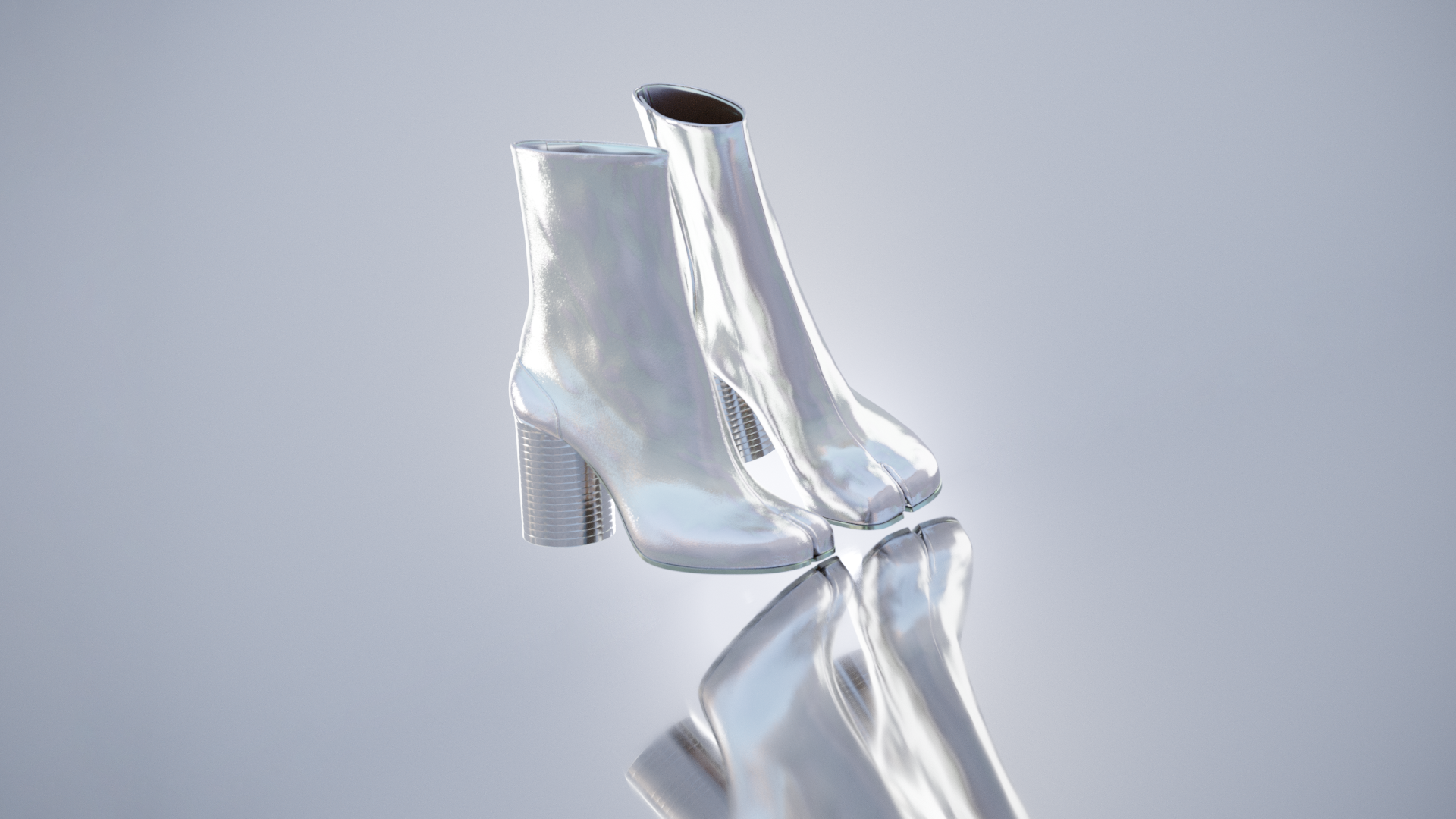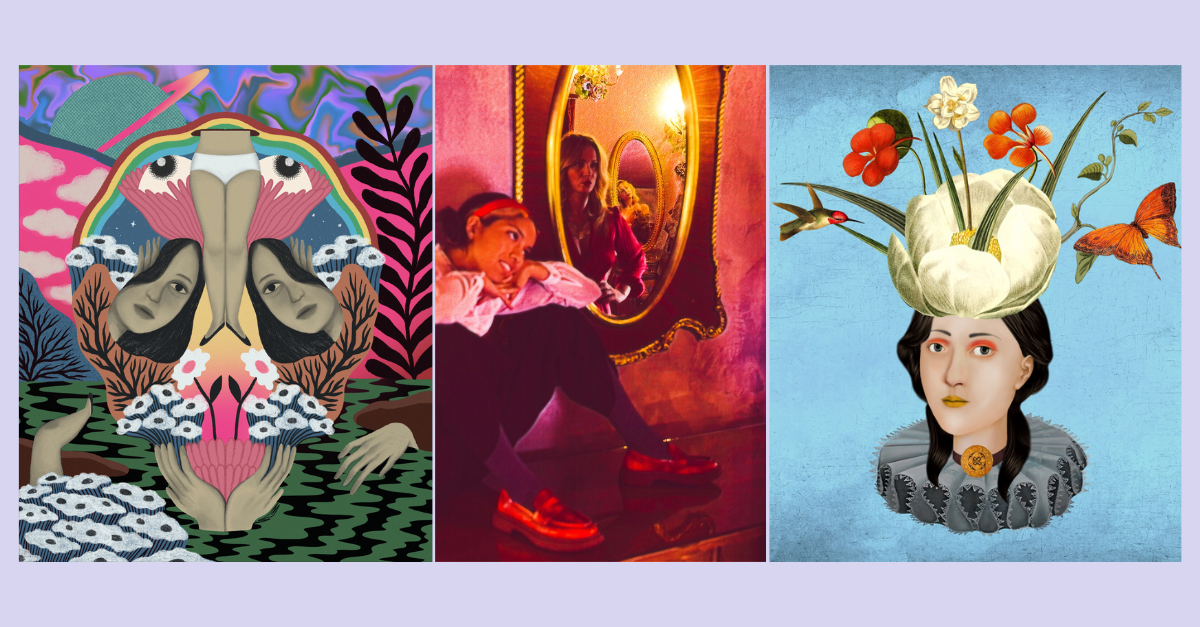Thanks to Gary Andrew Gershoff and his team for publishing this article with us!
When I began to shoot live concerts in late 1977, I was twenty five years old. I was passionate about both music and photography, and combining the two was a dream come true. As a musician, I could anticipate key musical points in songs to better capture the genuine expressiveness of the artist.
Photography back then was nothing like it is today. Everyone has smartphone cameras at their disposal, with tons of advanced features that take the work and stress out of taking the photo. The smartphones and digital cameras of today can take hundreds of photos per minute with automated settings to adjust for brightness, movement, focus, and more.
Back then, in the late 1970s and into the 1990s, I was shooting with film cameras. All photography was done manually. The pressure was immense. Timing the shot was everything, it was hard to get a good shot of the artists as they moved and danced on stage. There was no auto anything back then. You had to be quick, agile, and mentally sharp, constantly evaluating every second. You had to determine the color temperature of the stage lights and adjust your settings accordingly. Then there was the constant fluctuation of the lights. Most critical of all, you had to think, am I even in focus? You couldn’t see any of your shots in real time. Imagine the anxiety of not knowing if your settings were correct until the end of the night, when it was too late to capture the moment. You were flying by the seat of your pants.
On top of all the variables that go into getting the shot, you had to make it through a second hurdle: developing the black & white film, which is an artform in and of itself; the expertise to mix the processing chemicals at the proper temperature and ratio. Any miscalculations could under, or over process the film, lessening your chances of a good photo coming out.
I am very proud of the images I have produced, and am happy to know that people who love and appreciate these artists will have a visual history for years to come.
Check out the collection.









.png)

.png)
.png)
.png)
